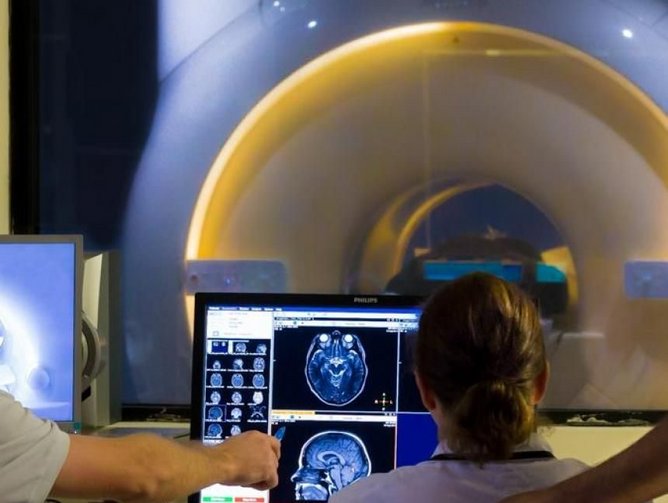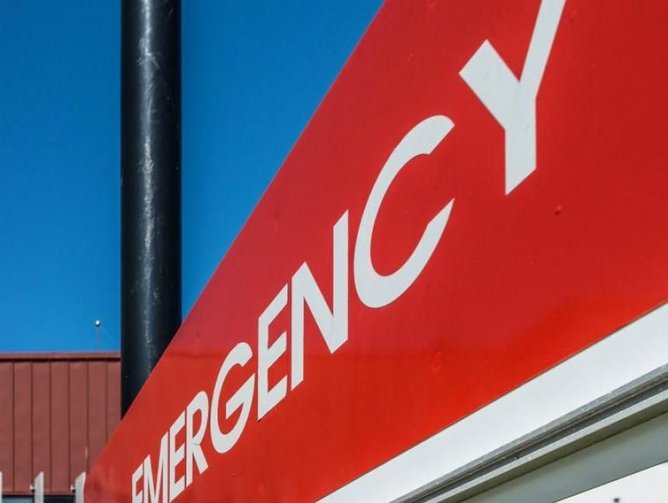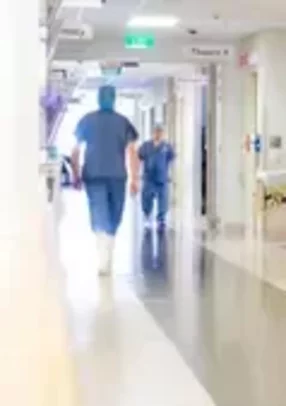At the start of 2001, New Zealand’s healthcare landscape changed significantly with the passing of the New Zealand Public Health and Disability Act 2000 and the establishment of district health boards to serve the country’s regions and cities. Located 20 minutes from Wellington, the Hutt Valley District Health Board (Hutt Valley DHB) meets the needs of roughly 145,000 citizens of Hutt City, Upper Hutt, Petone, Wainuiomata and Eastbourne. With a focus on technology and structural improvements, Hutt Valley DHB is dedicated to providing a better quality of healthcare for its community with each passing year.
Shorter stays and better service through technology
An important part of quality health care is swift and efficient service, ensuring that patients are able to return to their everyday lives as quickly as possible. As populations grow, meeting that demand with prompt response times grows more difficult.
In 2011, Hutt Valley DHB began laying the groundwork for a sophisticated digital Operation Centre at Hutt Hospital that would use dashboards and tracking systems to help achieve new levels of patient service.
“The idea for the centre was born from a group of staff visiting a local manufacturing business which was using new technology for tracking the flow of production,” explains Russell Simpson, executive director allied health, scientific and technical for Hutt Valley DHB.
From these small beginnings, a whole team of staff from computer analyst programmers and clinical leads to executive management came up with the concept of an Operations Centre. Subsequent visits to Bay of Plenty and Counties Manukau DHBs further refined the concept of how this technology could work in a hospital setting, and the Hutt Valley team implemented a system which saw the DHB move away from a mainly paper-based tracking system to an electronic one.
Hutt Hospital’s new Operation Centre system, which was officially launched in February of 2013 in the hospital’s new emergency department and theatre wing, enables heightened organisational visibility to better attend to the individual needs of patients.
“The hospital’s activity is coordinated and functions like a ‘central brain’ that helps staff to take a whole-of-hospital approach to planning, monitoring and resourcing,” says Simpson.
Through the use of radio frequency identification devices (RFIDs) and interconnected LCD screens, staff are able to stay up to date on patient flow across theatres, clinical support services and hospital wards. The centre’s dashboard system helps hospital staff track patient triage through the emergency department and staff can view important information such as laboratory results. An added benefit is secure access for staff working remotely; this allows them to have the information contained on the LCD screens at their fingertips.
The process has already seen significant results, helping Hutt Valley DHB rise up in its efforts to meet health targets set through the New Zealand Ministry of Health.
“In May 2015, Hutt Valley DHB’s performance against the target of shorter stays for patients in emergency departments had increased by five per cent, and the DHB had achieved the national target of 95 per cent,” says Simpson. “This means 95 per cent of patients were admitted, discharged, or transferred from the emergency department within six hours. The target is a measure of the efficiency of flow of acute, or urgent, patients through public hospitals and home again.”
Further innovative developments
To further augment its successful Operation Centre program, Hutt Valley DHB has integrated the use of electronic whiteboards, which have been fitted in all of the hospital’s wards. The whiteboards help hospital staff track patient status and yield data points like estimated date of discharge, the care the patient requires from staff in different departments and the length of their stay.
“Developments like this are of immense value to hospital staff, says Simpson. “These enable staff to share information quickly and match staffing to clinical demand, ultimately improving patient safety.” He adds that the Operations Centre has helped Hutt Valley DHB effectively combine three key activities—operational planning, resourcing, and daily monitoring / response coordination—to better achieve the following four goals:
· Ensure the hospital can allocate staff with the right skills in the right place for safe patient care across the hospital
· Help the whole hospital to meet its targets
· Help staff to respond more quickly and efficiently to changes in demand and manage variance
· Enable the hospital to forecast predicted demand for significant community events
Simpson says he is still realising the extent of staff’s achievement and the amazing contribution they have made towards the development. “Health professionals from hospitals both here and overseas visit our facility to look at the technological advances we have implemented – that’s when the enormity of what we have done here hits home for me.”
Building out for efficiency and safety
In addition to its ambitious Operation Centre program, Hutt Valley DHB has improved its infrastructure through physical expansion. In 2012 Hutt Hospital completed the construction of an emergency department and theatre redevelopment and extension project. The $80 million project consisted of two parts: a 3,000 square-meter refurbishment to the existing hospital structure, plus a brand new 6,600 square-meter building. Along with a new emergency department containing high-tech features like satellite imaging and ambulatory care, highlights of the project include:
· A theatre suite with eight operating theatres
· A centralised sterile supplies department
· An expanded specialised facility for pre- and post-operative support
· An extensive carpark for staff and visitors
· A specific area for children called “the tree hutt” in the emergency department and “the tree top” in theatre
Prior to this build out, Hutt Hospital’s suite of four theatres struggled to meet the district’s health targets and its growing demand for surgical services.
With this new expansion, says Simpson, patients and staff alike can experience a modern, spacious environment, purpose-fit for the latest developments in health care. With protected areas and backup utilities built to withstand outages and fires, the newly built infrastructure also brought Hutt Hospital’s emergency department and theatre suite in line with new and more stringent earthquake requirements that came into effect following the 2011 Christchurch earthquake.
In store for the future of Hutt Valley
Hutt Valley DHB has undergone many exciting changes in the last few years, but there is still more to come. The district welcomed Dr. Ashley Bloomfield on board as CEO in October, marking the first time that Hutt Valley DHB will be led by a doctor. With a background in both medicine and public health, Bloomfield is well equipped for the challenges of meeting targets and improving the state of wellness in the Hutt Valley.
Hutt Valley DHB will continue to be involved in major collaborations in the near future. Simpson explains that the district will be working on hospital service capacity planning with its DHB neighbours, Wairarapa and Capital & Coast DHBs, which are also based within the greater Wellington region. In order to devise a more comprehensive health system, the three DHBs will plan on a regional level to help develop a more sustainable model for high quality health care by 2030.
“Planning collaboratively will allow for the creation of both an individual and collective view of options and ways to optimise the use of resources,” he says. “It also allows sharing of tools and processes used for individual DHB planning.”
Both on its own and as an integral part of the larger district health board network, Hutt Valley DHB is well on its way to creating a healthier New Zealand.









